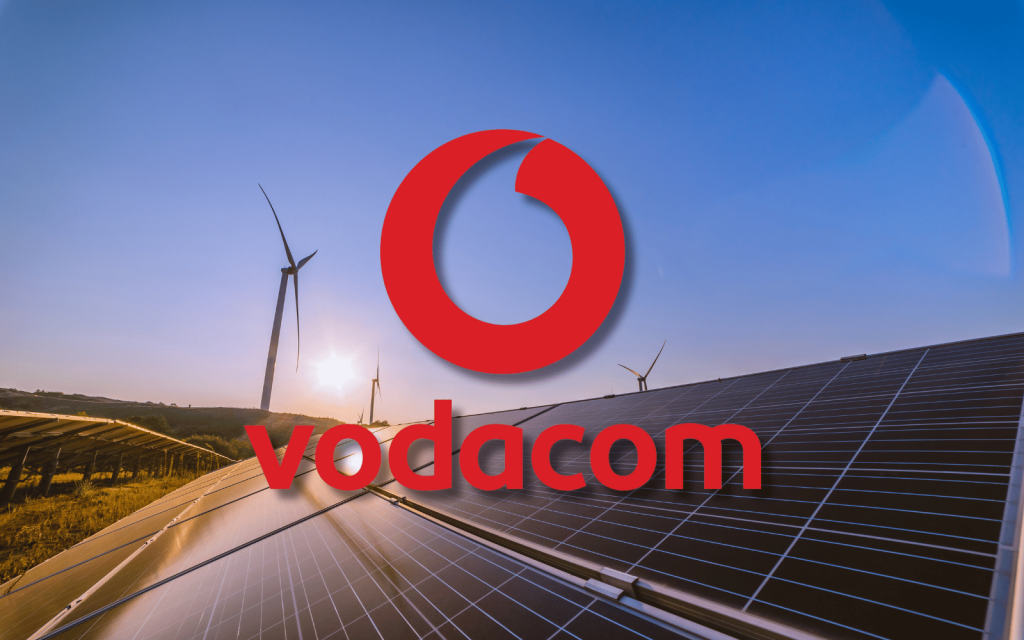At an event today at Vodacom’s main offices in Johannesburg, the mobile services provider, in conjunction with Eskom and the National Business Initiative, gave us an overview of the company’s progress toward a new product. Following a keynote address by SA’s Minister of Electricity Dr. Kgosientsho Ramokgopa, Vodacom and various stakeholders explained more about how virtual wheeling might work.
Wheeling is a well-established practice for South Africa’s power grid and grids around the world. Basically, wheeling is when power is added to the grid from one source (someone with a large generator) on behalf of someone else (someone with large power consumption needs). There’s a bit of a financial arrangement for this. Traditionally this process is only done by large producers and consumers but the Vodacom initiative is a little different.
Vodacom’s wheeling dealing
That isn’t to say that the mobile services and internet provider will be building power stations. Vodacom has been working on its virtual wheeling product in conjunction with Eskom, with the company itself acting as the pilot for a wider rollout. The major change, besides adding the word ‘virtual’, is that more suppliers can participate, down to much smaller entities that previously weren’t eligible. More buyers can also participate in virtual wheeling as well. How it actually works is a little confusing.
Wheeling, virtual or otherwise, is mostly a financial transaction. Suppliers (independent power providers, chaps with far too many solar panels, etc) feed energy into the grid. Their customers (folks who have signed a contract with these suppliers) make use of the surplus to power their operations. It’s not a direct connection, which is why the transaction is mostly financial. Power goes where it needs to. The excess is used by wheeling customers in theory but it’s paid for in actuality.
The tricky bit comes when payment has to be made. Virtual wheeling suppliers charge buyers for the electricity used. Eskom also charges buyers for the entire amount of electricity used over a given period. Once this total is paid, Eskom calculates (using data gathered from a smart meter, a prerequisite of being a virtual wheeling customer) how much needs to be refunded to the person who has paid their bill.
The Vodacom/Eskom initiative is still ongoing. Being a pilot project, it’s subject to change as and when issues are identified and corrected. However, there is an estimate of when virtual wheeling will see a broader rollout in South Africa. Expect to see these terms, and hopefully a slight alleviation in load shedding, from the end of 2024.




